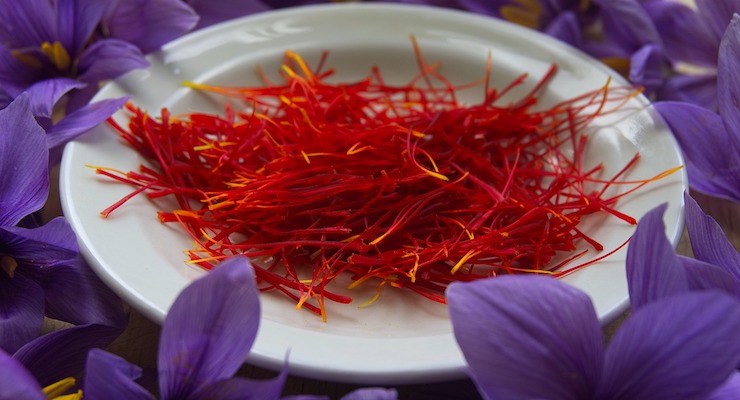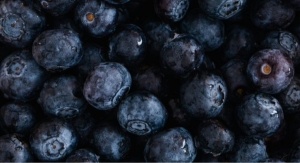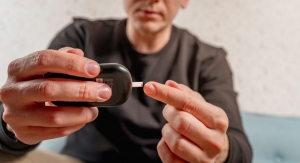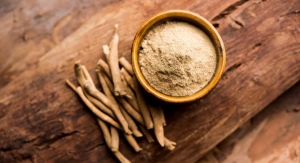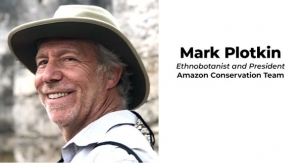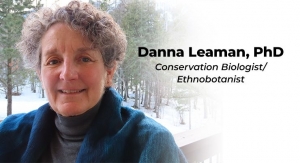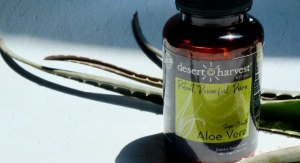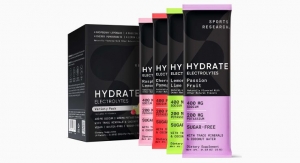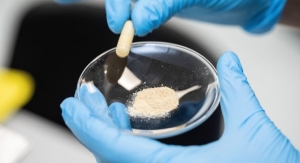03.14.22
The ABC-AHP-NCNPR Botanical Adulterants Prevention Program (BAPP) published a Botanical Adulterants Prevention Bulletin on saffron stigmas and extracts. Traditionally, saffron planting, harvesting, and processing is done by hand. The time-consuming labor required makes it the most expensive spice in the world.
Saffron has a documented history of usage through antiquity, mainly as a spice and food ingredient. It has also been used in traditional medicine systems, and modern therapeutic uses of extract have been investigated in clinical trials to determine potential benefits on mood and stress. There is also growing evidence from clinical trials supporting the role saffron extract may have in improving sleep.
Wholesale and retail saffron prices range from $500 to $5,000 per pound. Due to its high price, there is an incentive for economically-motivated adulteration. Adulterants include red-dyed paper strips, silk fibers, and corn stigmas dyed in beet juice, as well as pomegranate fruit peel or fibers, safflower, and calendula flowers, as well as various other red-colored plant materials.
Some adulterators have also mixed powdered saffron with ground turmeric or paprika as undisclosed lower-cost bulking agents.
The BAPP saffron bulletin was written by Stefan Gafner, PhD, ABC’s chief science officer and BAPP’s technical director, as well as four scientists in the herbal supply industry: Aboli Girme, PhD; Amit Mirgal, PhD; Lal Hingorani, PhD, from Pharmanza Herbal Pvt. Ltd.; and Bhaumik Darji from Verdure Sciences.
The bulletin summarizes the published data on saffron stigma adulteration, lists the various known adulterants, provides an overview of the market and value networks (supply chains), and discusses macroscopic, microscopic, genetic, and chemical test methods to detect adulteration of saffron stigmas and its extracts. The bulletin was peer reviewed by 20 experts in pharmacognosy (the knowledge of the science of medicinal plants) and botanical ingredient analysis from academia, contract analytical laboratories, and the dietary supplement and food industries in the United States and internationally.
“Saffron is one of the most widely adulterated botanical ingredients worldwide,” Gafner said. “Some types of adulteration are readily uncovered, even by a non-expert, for example by looking at the color of the liquid when adding saffron to hot water. Other types are more sophisticated and need state-of-the-art analytical methods for detection. This new bulletin provides much useful information about the types of saffron adulteration in the market and what specifications to consider when purchasing this botanical.”
“The adulteration issue related to saffron is known to all of us, but it takes a team of experts to document it scientifically and provide tools to mitigate it,” Ikhlas Khan, PhD, director of the National Center for Natural Products Research at the University of Mississippi, said.
“I only recently learned of the health-promoting benefits of saffron and have been amazed at the breadth of literature supporting its use, especially for mood,” BAPP partner Roy Upton, president of the American Herbal Pharmacopoeia, said. “In collecting samples for analysis, we have received plastic stigmas and safflower as well as high-quality material. This makes bulletins such as this all the more valuable for informing stakeholders of the level of sophistication in the world of saffron adulteration.”
Saffron has a documented history of usage through antiquity, mainly as a spice and food ingredient. It has also been used in traditional medicine systems, and modern therapeutic uses of extract have been investigated in clinical trials to determine potential benefits on mood and stress. There is also growing evidence from clinical trials supporting the role saffron extract may have in improving sleep.
Wholesale and retail saffron prices range from $500 to $5,000 per pound. Due to its high price, there is an incentive for economically-motivated adulteration. Adulterants include red-dyed paper strips, silk fibers, and corn stigmas dyed in beet juice, as well as pomegranate fruit peel or fibers, safflower, and calendula flowers, as well as various other red-colored plant materials.
Some adulterators have also mixed powdered saffron with ground turmeric or paprika as undisclosed lower-cost bulking agents.
The BAPP saffron bulletin was written by Stefan Gafner, PhD, ABC’s chief science officer and BAPP’s technical director, as well as four scientists in the herbal supply industry: Aboli Girme, PhD; Amit Mirgal, PhD; Lal Hingorani, PhD, from Pharmanza Herbal Pvt. Ltd.; and Bhaumik Darji from Verdure Sciences.
The bulletin summarizes the published data on saffron stigma adulteration, lists the various known adulterants, provides an overview of the market and value networks (supply chains), and discusses macroscopic, microscopic, genetic, and chemical test methods to detect adulteration of saffron stigmas and its extracts. The bulletin was peer reviewed by 20 experts in pharmacognosy (the knowledge of the science of medicinal plants) and botanical ingredient analysis from academia, contract analytical laboratories, and the dietary supplement and food industries in the United States and internationally.
“Saffron is one of the most widely adulterated botanical ingredients worldwide,” Gafner said. “Some types of adulteration are readily uncovered, even by a non-expert, for example by looking at the color of the liquid when adding saffron to hot water. Other types are more sophisticated and need state-of-the-art analytical methods for detection. This new bulletin provides much useful information about the types of saffron adulteration in the market and what specifications to consider when purchasing this botanical.”
“The adulteration issue related to saffron is known to all of us, but it takes a team of experts to document it scientifically and provide tools to mitigate it,” Ikhlas Khan, PhD, director of the National Center for Natural Products Research at the University of Mississippi, said.
“I only recently learned of the health-promoting benefits of saffron and have been amazed at the breadth of literature supporting its use, especially for mood,” BAPP partner Roy Upton, president of the American Herbal Pharmacopoeia, said. “In collecting samples for analysis, we have received plastic stigmas and safflower as well as high-quality material. This makes bulletins such as this all the more valuable for informing stakeholders of the level of sophistication in the world of saffron adulteration.”

